Inside
The historical museum of Peenemunde and V2s is located inside the electrical power plant, now disused.
Inside the power plant station (part not renovated).
Details of the station’s circuit breakers.
Nose cone of a V2.
Pictures of the first successful launch of a V2, on October 3, 1942. Newspaper articles and films footages making the apology of the success of this new weapon.
Portraits of Wernher von Braun technical chief of the V2 programme, of general Walter Dornberger military chief of the V2 programme, and of general of the Peenemunde site.
In this room are located many objects related to the V1 and V2 projects.
Upper part of the combustion chamber of a V2, with injectors.
From left to right:
- - piece of aileron
- - lower part of the rocket with rudders
- - cooling system
- - high performance pump with a steam turbine
Optical system:
Slide rule, mechanical calculator and gyroscope of the V1. The gyroscope allowed the V1 to correct its direction along the theorical path to the target. This gyroscope worked on the basis of a magnetic compas sheltered by a wooden sphere. However the shutdown of the engine and the stoop of the missile was controlled by a kilometrical counter working with a helix at the begining of the fuselage.
From left to right:
- - piece of the front fuselage of the V1.
- - ailerons of the V1 were driven by high-density compressed air from 2 containers bandaged by steel wire.
- - steam piston which gave the starting speed of the V1 at the end of the launching ramp.
Different kind of winged missiles V1, BV246, surface-air, air-air, torpedos, or rocket planes like the He 176.
From left to right:
- - The A3 was the first rocket to be tested in Peenemunde. At the end of the tests it was clear that aerodynamics and orientation problems will became the main points to improve.
- - Because there were many problems to be solved during the transition from A3 to A4 a mockup, the A5, was built.
- - With the A4 the Wenher von Braun’s team succeded to build a working but complex rocket.
- - The surface to air missile « Wasserfall » was based on a A4 for elaboration delay reasons.
Peenemunde was divided into 2 worlds, scientists and technicians from one side, and prisonners of concentration camp and forced workers on the other side. Community from one part and concentration camp from another. On the next pictures we can see a chief doing his favorite activity, hunting, and technicians spouses relaxing themselves by drinking coffee. In another showcase we can see that the living conditions of the prisonners are drastically different, which lot of them were transfered in different concentrations camps like Dora, to continue the assembling of the V2 after the english bombing of 1943. On some pictures of this showcase one can be astonished by the friendly discutions between Soviet prisonners and warders. Those pictures were an order in 1943 of the German propaganda minister to show to the world how the German army took care of war prisonners.
Since 1938 it was allowed to force recrute Germans workers for national works. Thus, a lot of Peenemunde workers weren’t there willingly, about 75% of the masons were forced recruted. The working conditions were comparable to forced workers.
Life at the other side was more idyllic, as we can see on the pictures of the last showcase, a soldier seconded on the Peenemunde’s site is on the beach with 2 youngs women. The woldiers seconded to the North battalion had a more peacefull life in comparison of other soldiers on the front from where they were took of in function of their qualifications.
Piece of a war plane found on the site.
Aerial view from British spy planes and pictures after the British attack from which almost all the bombers flot took part. It was the biggest concentrated attack of the Second World War, 596 planes with 4241 men launched 1924 tons of bombs on the site.
Unfortunalty the attacks points were choosed far too south, so the army camps were the most destroyed. On the 730 victims of the attack 500 to 600 were foreigners workers. But the production could go on rapidly with just a slight delay.
Tools and objets of forced workers and concentration camp prisonners.
Small example of the 20000 pieces included in the V2.
From left to right:
- - powerful engine moving the rudders.
- - thrust switch to shutdwon the engine after its acceleration phase.
- - liquid oxygen injector.
- - oxygen drain-cock.
All the documentation and technicals notes were almost useless for the allies at the end of the war, this is why the Americans, the Soviets, the French, and the British looked for as many scientists and technicians as possible to do a transfer of comptences, and assimilate all the new technologies in the rocket field. The space race began.
British cameramans filming the flight of an A4.
Here are some panels on the firsts Soviets and Americans tests in the armament race after taking the Germans scientists.
The first Earth’s artificial satellite, launched by the Soviets on October 4, 1957.
The first French tests in rockets were with the Precious Stone programm (ruby, topaz, …). The firsts living creature which were launched from a French rocket were Hector the rat, and Felix the cat. Mockup of the Europa’s third stage engine and finally the Ariane 5.
Chessboard of the new balance of power between West and East.
Reconstitution of lockers with different stories of scientists, military and even prisonners of concentration camp.
The exposition ends with a sculpture which tells a lot about the risks of weapons based on rockets.
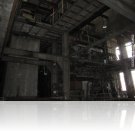
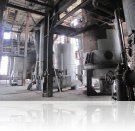
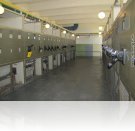
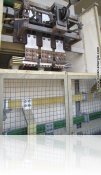
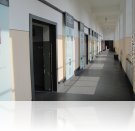
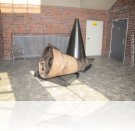
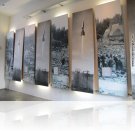
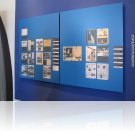
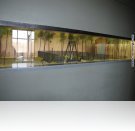
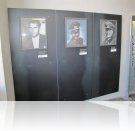
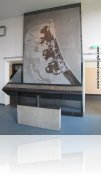
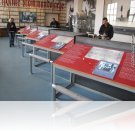
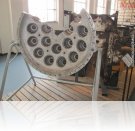
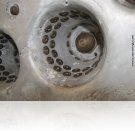
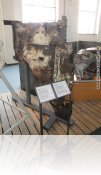
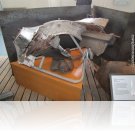
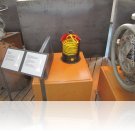
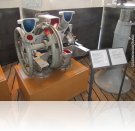
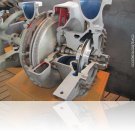
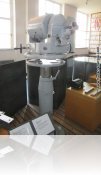
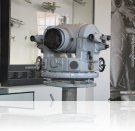
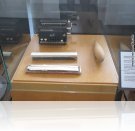
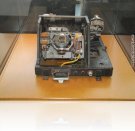
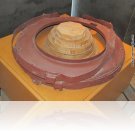
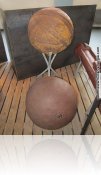
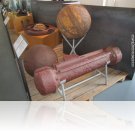
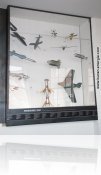
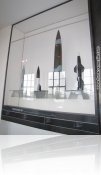
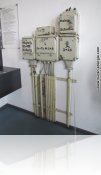
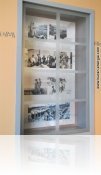
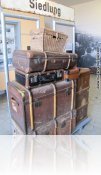
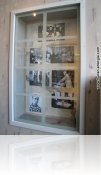
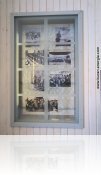
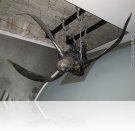
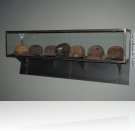
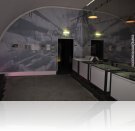
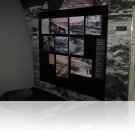
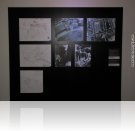
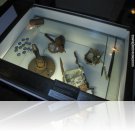
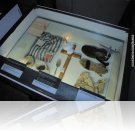
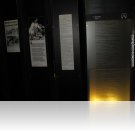
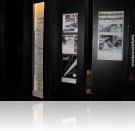
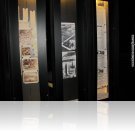
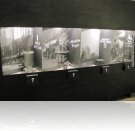
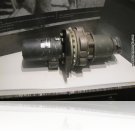
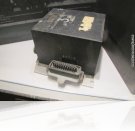
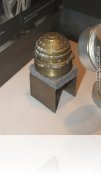
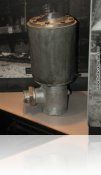
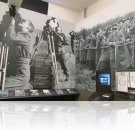
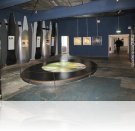
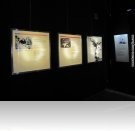
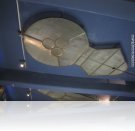
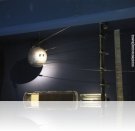
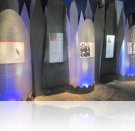
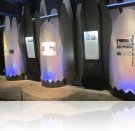
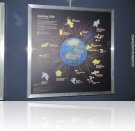
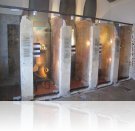
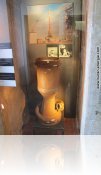
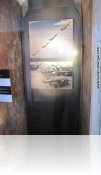
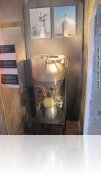
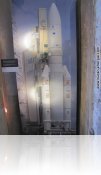
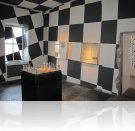
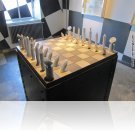
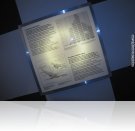
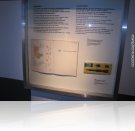
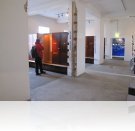
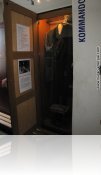
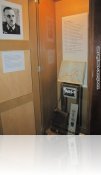
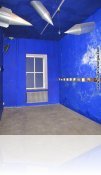
Write a comment